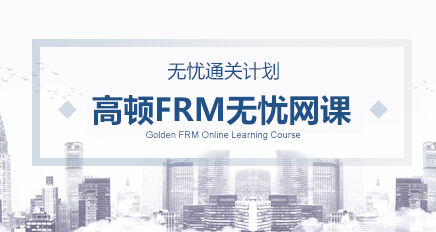CMA复习笔记(二)
Budget:
Master budget: the culmination and the goal of the budgeting process. It is summarized set of budgeted financial statements, or pro forma financial statements
Uses: put the plans into quantitative form, motivation
Allocate resources
Communicates and authorizes actions and promotes coordination
Measure performance
Communicating the goals
Types: sales budget, production budget, direct labor budget, cost of goods sold budget, the cash budget, operating and financial budgets, capital expenditures budget, master budget, flexible budgeting,
Zero-based budgeting: the budget is prepared without any reference to, or use of, the current period’s budget and the likely operating results for the current period.
Life-cycle budgeting: follows a product through its entire life – from development through its decline.
Activity-based budgeting: identified, a budgeted level of activity for each of these drivers is determined based on a budgeted level of production.
Kaizen budgeting: continuous improvement
Continuous budget: rolling budget, automatically prepared for a certain period of time ahead of the present.
Project budgeting: for a specific project, depend upon the length of the project
Budget reports: Establish measure, analyze and compare, investigate, devise and implement, review and revise.
MBO: is widely used technique is planning and budgeting and for evaluating performance, it is usually successful at improving performance and achieving organizational objective.
Standard costs: Historical data; target costing; strategic decisions; benchmarking: comes from industry information, associations of manufacturers. The best performance can be chosen as the attainable standard.
Strategic planning process:
Defining the company’s mission by means of its mission statement;
Analyzing the external environment: opportunity and threat- industry, national environment, microenvironment
Michael Porter’s five forces model
The risk of entry by potential competitors;
The intensity of rivalry among established companies within an industry;
The bargaining power of buyers and suppliers (like large discount store chains or the ability to raise the prices of inputs such as materials or direct labor)
The closeness of substitutes to an industry’
Analyzing internal environment: strengths and weaknesses – efficiency, quality, innovation, and responsiveness to customers
Distinctive competencies: differentiation advantage and cost advantage.
Superior efficiency, superior quality, superior innovation and superior customer responsiveness
Profitability: derived from the value customers place.
Utility that the customer gets – costs = created value
Utility that the customer gets – price = Consumer Surplus
SWTO analysis: select the strategies that will do the best to align the company’s resources and capabilities to the demands of its environment.
Functional-level strategy: manufacturing, marketing, materials, management, product development, and customer service.
Business-level strategy: cost leadership, differentiation, focusing on a particular marketing niche or segment, a combination of more than one of these. Organizational structure, market structure, geographic structure, matrix structures (vertically by function and horizontally by product), product-team structures
Restructure: streamlining its hierarchy of authority and reducing the levels in the hierarchy;
Reducing the employees, sometimes it’s done by the change in the business environment
Global strategy: about how to expand operations outside the home country.
Global standardization, localization, transnational, international
Exporting, licensing, franchising, entering into a joint venture, setting up a wholly owner subsidiary
Corporate-level strategy: consider what business the company should be in so as to maximize its long-run profitability and profit growth. Implement: enter a new industry, joint venture, mergers and acquisitions.
Horizontal integration, vertical integration, strategic alliances, strategic outsourcing, diversification
Developing and implementing the chosen strategies:
Organizational structure: function, tall vs. flat hierarchies, centralization and decentralization, integrating mechanisms (direct contact, liaison roles, teams)
Control systems: monitor how well the firm is using its resources to build its distinctive competencies and its performing, create incentives to keep its employees focused on the important problems;
Organizational culture: the top management creates the organizational culture and influences the values and norms that develop in an organization. Heart: values that promote action; business model is focused on its mission; organizational design motivates employees to do their best.


















